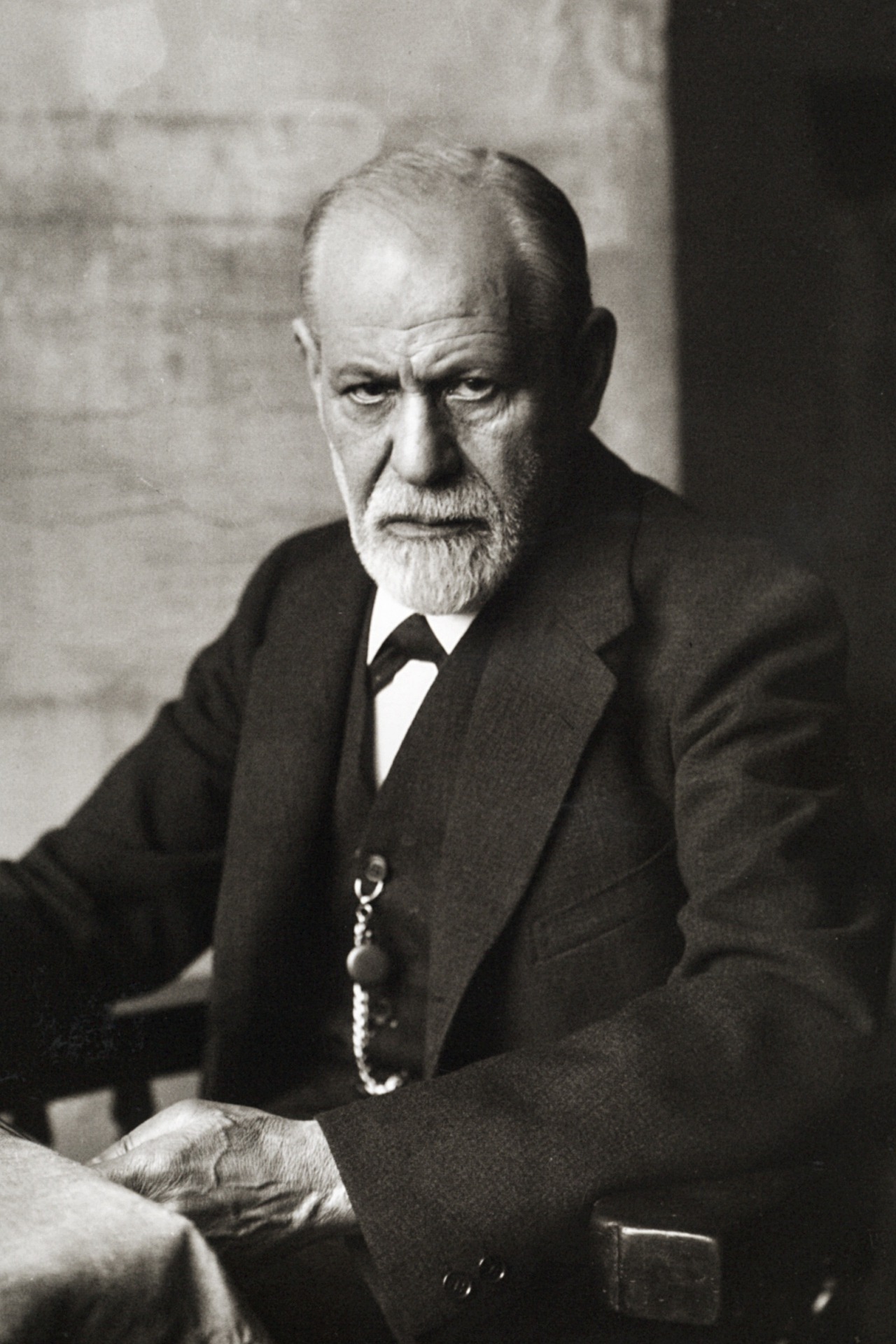
The Freudian model of the human psyche, which includes the id, ego, and superego, is one of the most well-known and influential psychological theories of the modern era. Developed by the legendary psychoanalyst Sigmund Freud in the late 19th and early 20th centuries, the Freudian model has had a significant impact on our understanding of the human mind, and continues to be studied and debated by psychologists and other scholars today.
Origins of the Freudian Model
Freud’s interest in the workings of the human mind led him to develop his model of the psyche, which he believed was made up of three distinct parts: the id, the ego, and the superego. According to Freud, the id is the most primitive and basic part of the psyche, representing our innate and instinctual drives and desires. The ego, on the other hand, is the part of the psyche that is responsible for our conscious perception of the world and our ability to reason and make decisions. Finally, the superego represents our internalized moral and ethical standards, as well as the values and norms of society.
The Freudian model has its roots in Freud’s work with patients suffering from psychological disorders, particularly neuroses. Through his therapeutic work, Freud observed that many of his patients’ symptoms could be traced back to unconscious conflicts and desires that were not fully understood or acknowledged. By exploring these conflicts and bringing them to consciousness, Freud believed that he could help his patients to overcome their symptoms and achieve a greater sense of psychological well-being.
Understanding the Id, Ego, and Superego
The id, ego, and superego are often described as a kind of mental system, working together to regulate our thoughts, feelings, and behaviours. According to Freud, the id operates according to the pleasure principle, seeking immediate gratification of our basic drives and instincts. The ego, on the other hand, operates according to the reality principle, seeking to balance our desires with the demands and constraints of the external world. Finally, the superego acts as a kind of internalized judge, evaluating our actions and thoughts in light of our moral and ethical standards.
One way to understand the id, ego, and superego is to think of them as different parts of the same system, each with its own unique function and perspective. The id represents our most primitive and basic desires, while the ego represents our rational and logical thinking. The superego, meanwhile, represents our sense of morality and ethics, providing a sense of guidance and direction as we navigate the complexities of the world around us.
How the Freudian Model Can Help Us Understand Ourselves Better
While the Freudian model has been subject to some criticism and debate over the years, it remains a valuable tool for understanding the workings of the human mind and the ways in which we relate to ourselves and others. By exploring the id, ego, and superego, we can gain a greater understanding of our own motivations, desires, and conflicts, as well as the ways in which we are shaped by the values and norms of the society around us.
For example, by exploring our unconscious desires and impulses, we can gain a greater understanding of our own behaviour and the ways in which we are driven by our basic needs and instincts. Similarly, by examining the role of the superego in shaping our sense of morality and ethics, we can gain insight into the ways in which our beliefs and values are shaped by the larger cultural and social context in which we live.
The Freudian model can also be helpful in understanding the dynamics of interpersonal relationships, particularly in terms of the ways in which our unconscious desires and conflicts can influence the ways in which we relate to others. By exploring our own psychological makeup and gaining insight into the workings of the id, ego, and superego, we can develop greater empathy and understanding for others, and become more effective communicators and problem-solvers in our personal and professional lives.
Finally, it is worth noting that while the Freudian model has been subject to criticism and debate over the years, it continues to be studied and debated by psychologists and other scholars today. Some critics argue that the Freudian model is overly simplistic and reductionistic, failing to capture the complexities of the human mind and the ways in which it is shaped by social, cultural, and environmental factors. Others argue that the Freudian model remains a valuable tool for understanding the workings of the human psyche, and that it can be adapted and expanded upon to better capture the complexities of modern life.
Ultimately, the Freudian model offers us a powerful framework for understanding ourselves and the world around us. Whether we are seeking to explore our own unconscious desires and motivations, or to gain insight into the dynamics of interpersonal relationships, the id, ego, and superego provide us with a valuable lens through which to view the complexities of the human mind. By continuing to explore and debate the Freudian model, we can continue to deepen our understanding of ourselves and the world around us, and work towards a more compassionate and just society for all.

